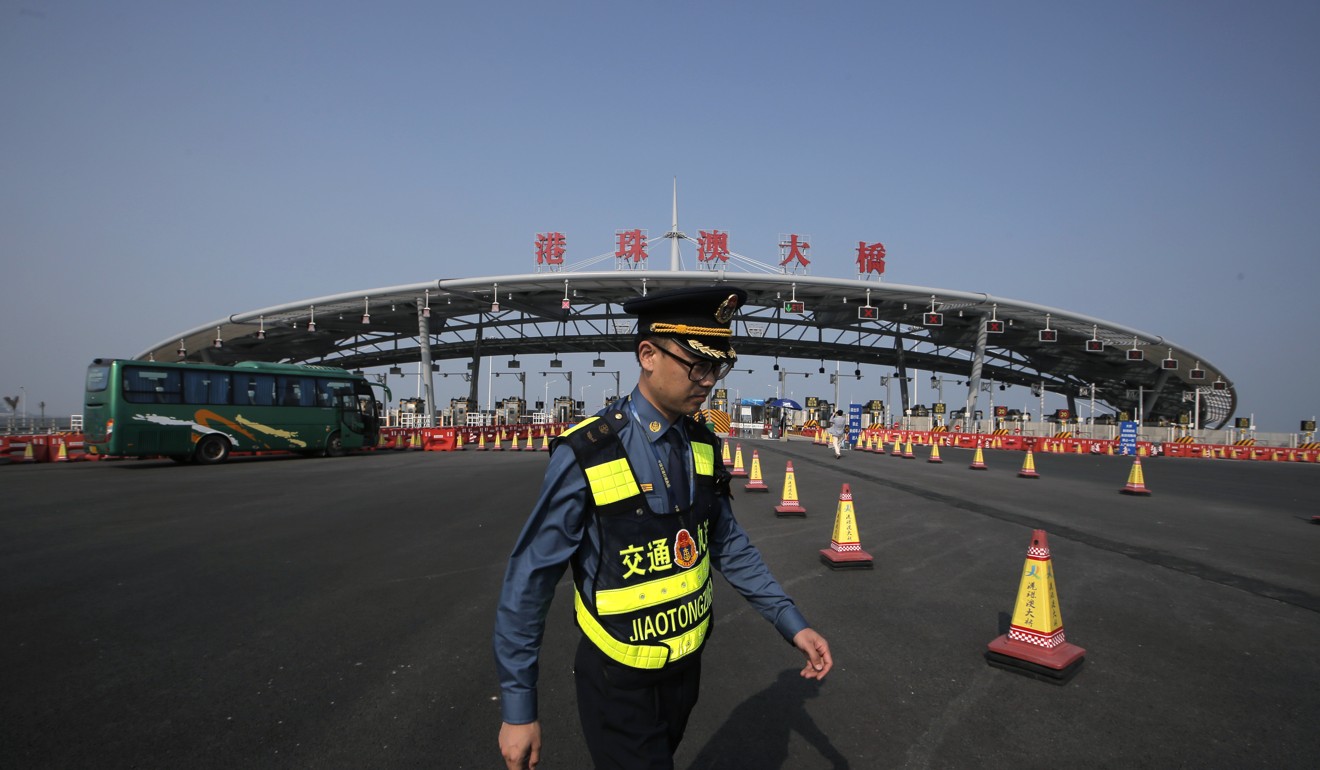
‘Greater Bay Area’ could take the heat out of Hong Kong’s property market
The enhanced transport links between Hong Kong, Macau and nine cities in Guangdong may help ease the city’s land-shortage woes, says CBRE’s Tom Gaffney
All attention was on President Xi Jinping’s economic agenda for China as the Boao Forum in Hainan province drew to a close nearly four weeks ago. Few noticed there was a panel discussion running simultaneously, in which Hong Kong Chief Executive Carrie Lam, Guangdong’s governor and other political and business heavyweights debated plans for the “Greater Bay Area”.
Limited detail has emerged so far, but one theme is beyond doubt – the Greater Bay Area aims to break geographical boundaries to foster economic collaboration in the southern China powerhouse.
Officially launched by the Chinese government last year, the Greater Bay Area initiative is a plan to link nine cities in Guangdong province plus Hong Kong and Macau to form an integrated economic and business hub. The area serves as the economic engine of southern China, which holds a critical position in the national economy.

Area accounts for around an eighth of national GDP. Compared with other nations, its GDP alone would be ranked 12th in the world – larger than that of Australia, according to a study by CBRE Research in 2016.
There has been plenty of discussion about the new opportunities it may create for Hong Kong. The property sector has already identified some obvious advantages likely to stem from the new levels of connectivity.
Cities in the Greater Bay Area will now be linked by extensive and well connected rail routes that form the shortest commuting circle in the region’s history. The infrastructure in place will reduce the journey times between cities and ensure the efficient flow of people, goods and services.
The Guangzhou-Shenzhen-Hong Kong Express Rail Link, which is scheduled to commence
operations in the fourth quarter of this year, will provide business travellers between the three cities with sub-50 minute journeys. The infrastructure will also connect Hong Kong with the broader high-
speed rail network of China, improving labour mobility.
This new connectivity has the potential to relieve Hong Kong of some of its land shortage problems. For one, corporations will have the opportunity to expand their office operations in these leading cities, alleviating the low vacancy and supply pressure in Hong Kong’s office market.
The Hong Kong government has also just set aside the largest piece of commercial development land for sale since the year 2000 – the plot above the Express Rail Link terminus in West Kowloon. The site is eye-catching because of its size and its strategic position right above the terminus. The plot is likely to attract local firms and multinationals, as well as companies based in the neighbouring Greater Bay Area cities.
The transport infrastructure will also breed new retail demand. The Hong Kong-Zhuhai-Macau bridge, scheduled to open to traffic this year, will complete the missing link between the eastern and western cities within the Greater Bay Area via Hong Kong’s Lantau Island, transforming Lantau, Macau and Zhuhai into a strategic tourism hub. The process will generate a higher flow of people and trade between the three locations. The bridge will draw visitors from these locations to Lantau Island, helping to fuel consumption in the area and turn its neighbouring districts into tourist and retail destinations.
The construction of the Liantang/Heung Yuen Wai boundary control point and the associated highway connecting Hong Kong and Shenzhen is also expected to increase the number of
goods making their way between Hong Kong and Shenzhen. The new cross-boundary highways and immigration crossing will enhance the flow of logistics and subsequently demand for related facilities and services across the Chinese border.
Integration has proved complex since Hong Kong has its own distinct legal, monetary, tax and administrative systems. But it is clear that the groundwork has been done and now it is up to us to grasp the opportunities. Geographical boundaries once defined the property market and made land resources scarce, but with the Greater Bay Area initiative breaking these down, a new scene is set.
Tom Gaffney is managing director of CBRE Hong Kong, Macau and Taiwan

